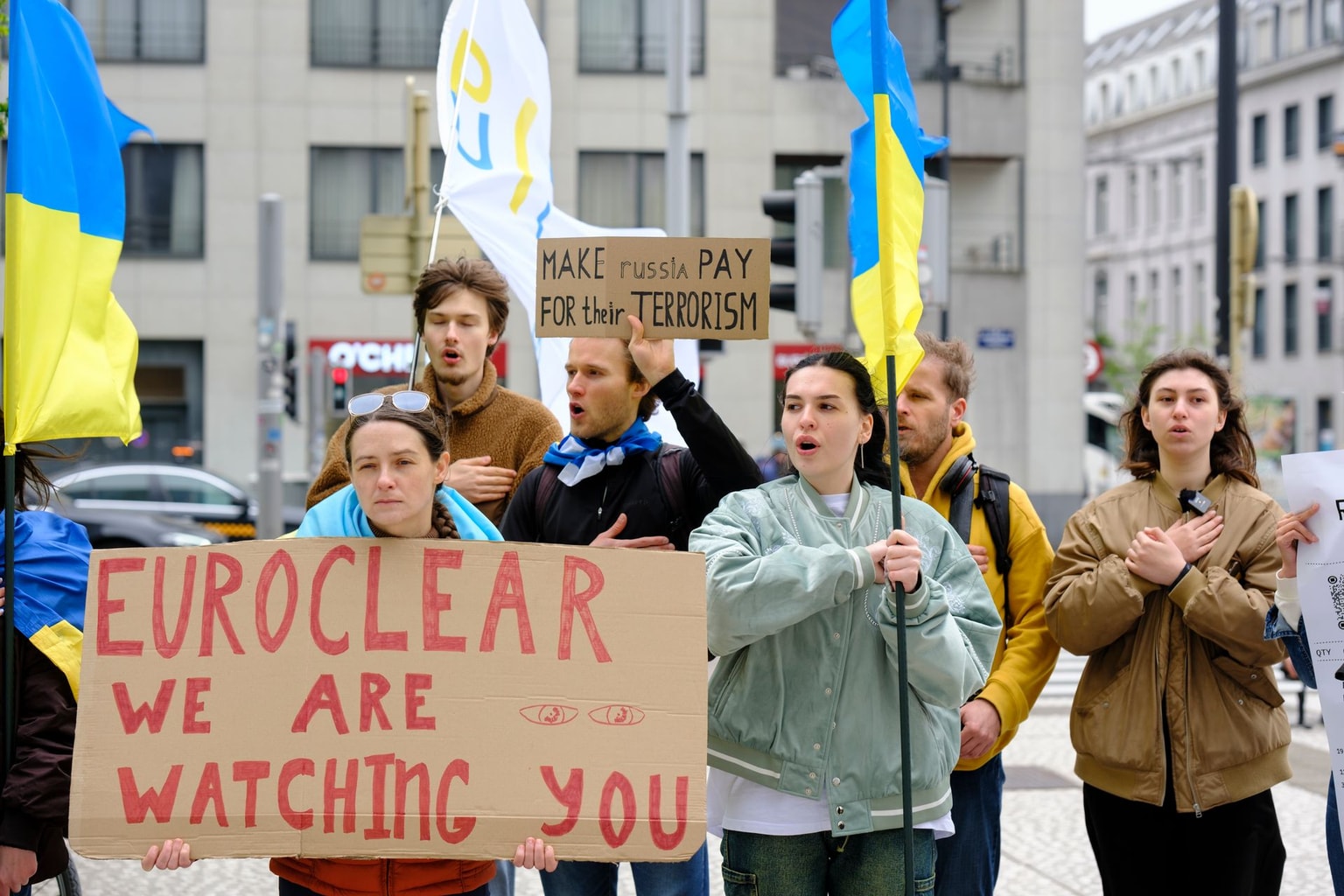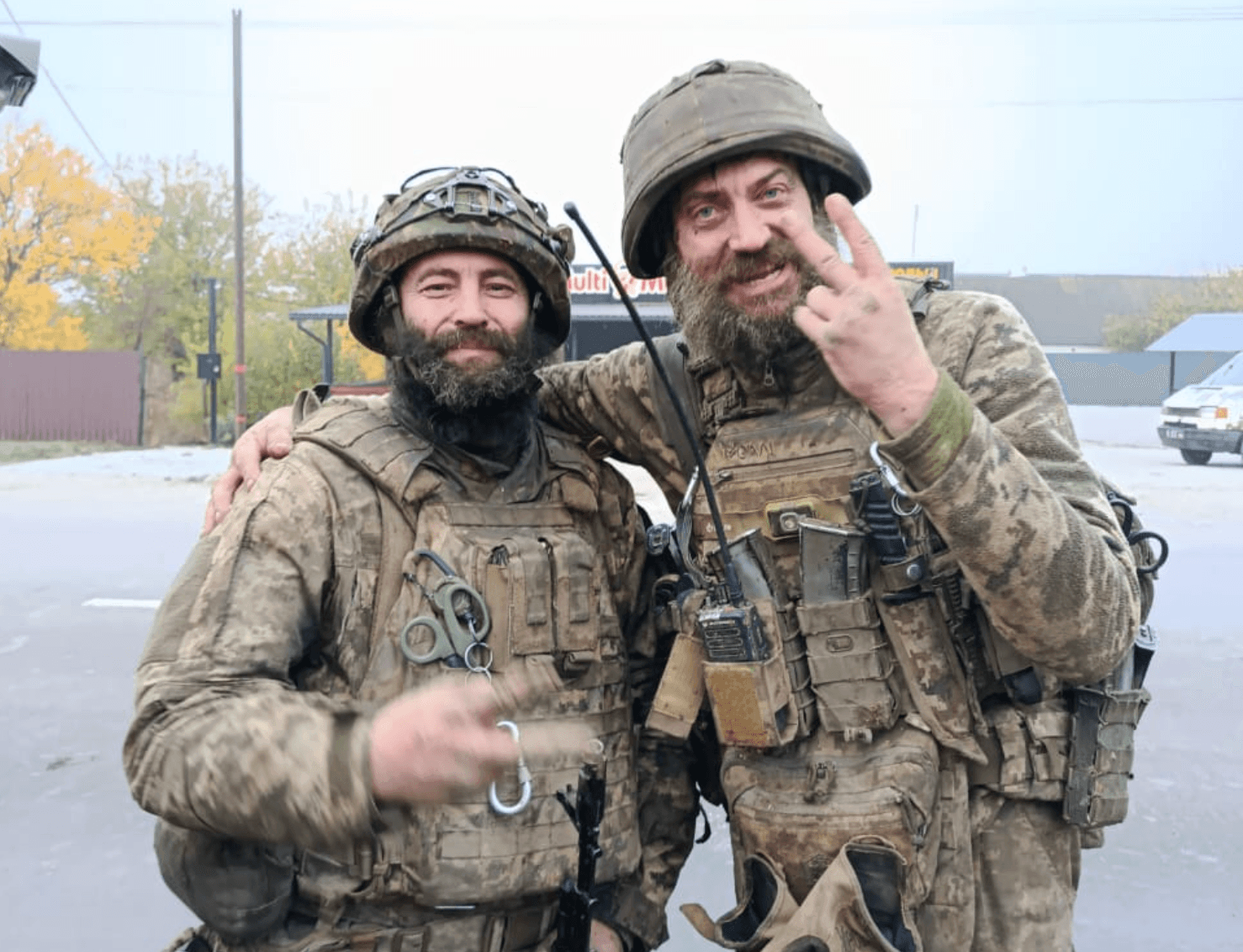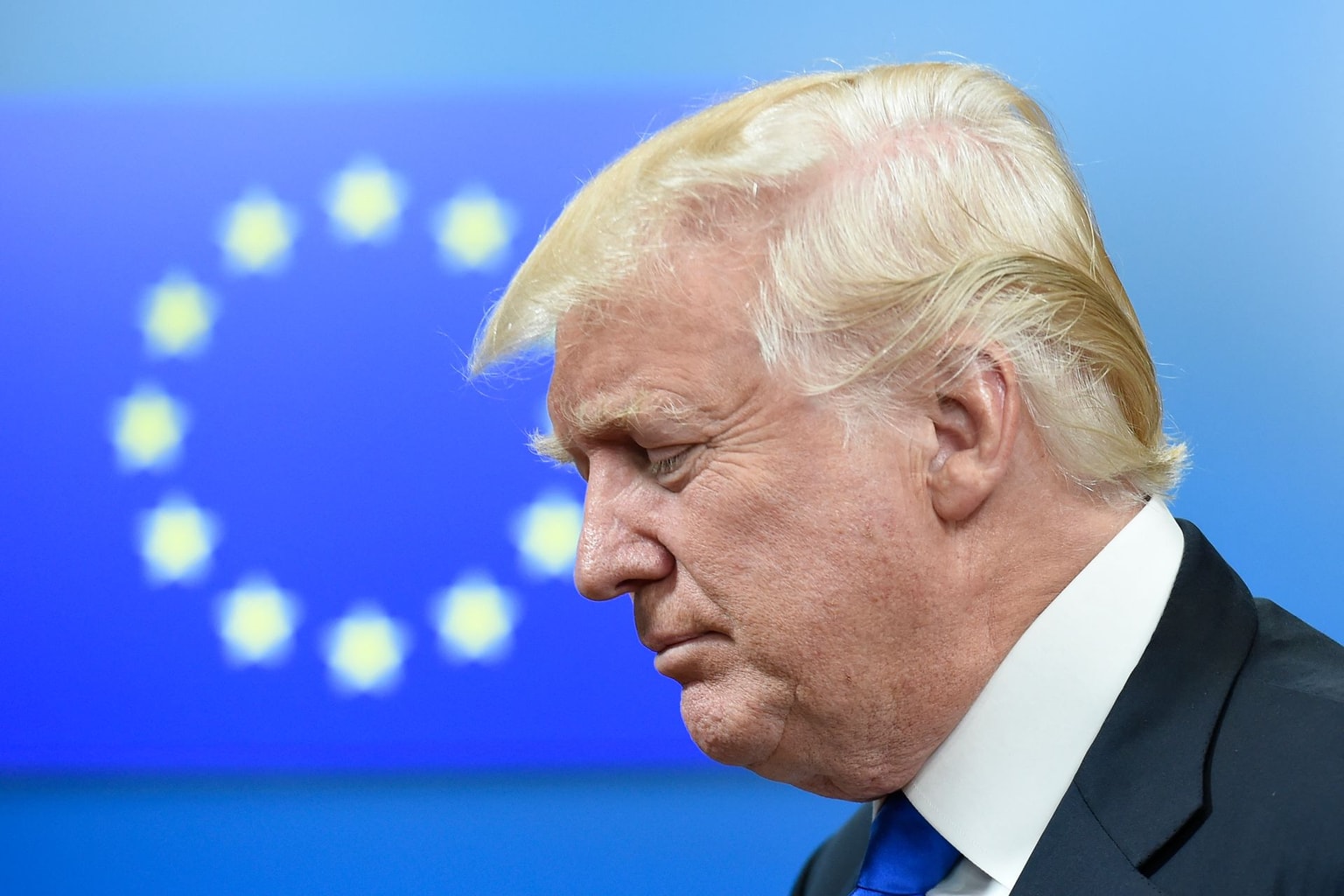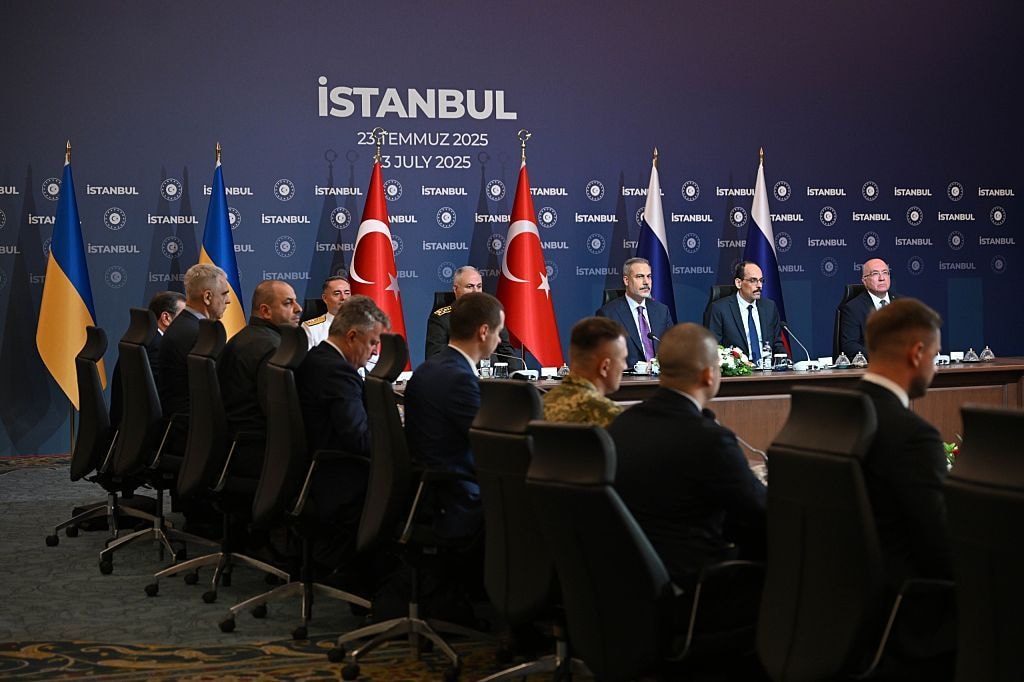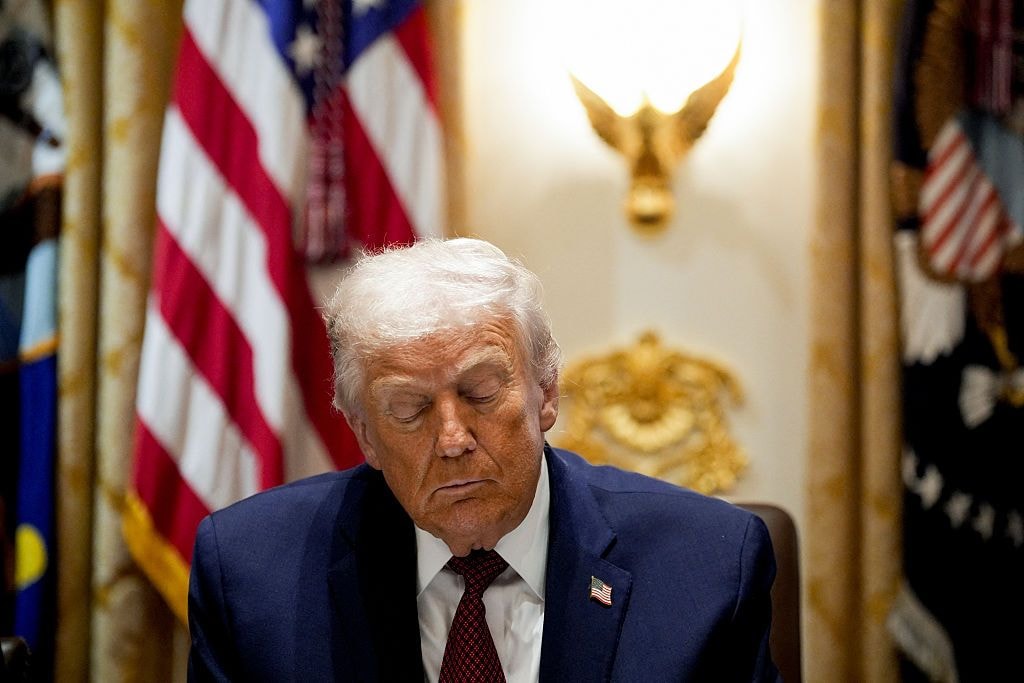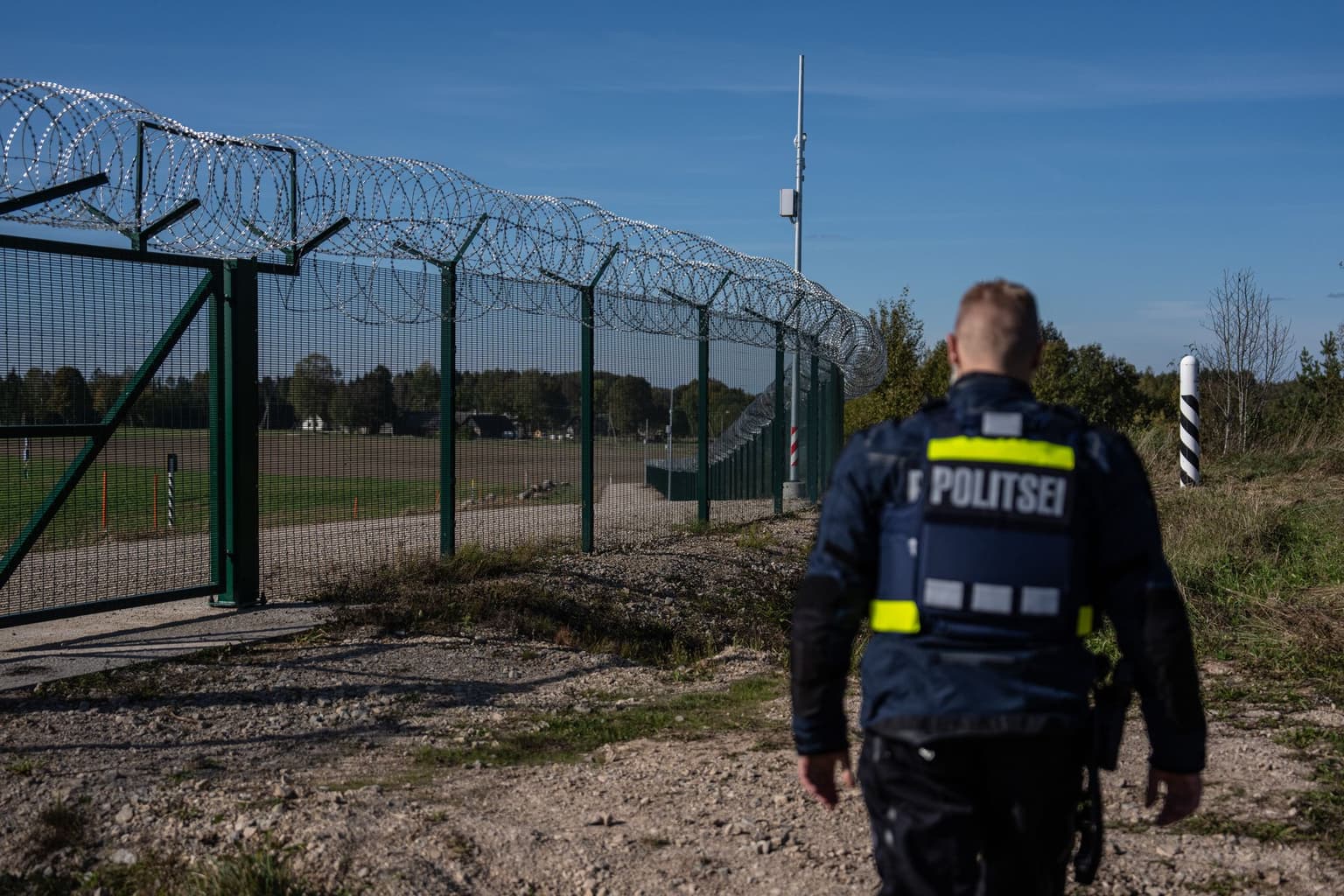
Estonia spots Russian troops without insignia near border — officials say 'not a new tactic'
An Estonian border police officer re-enters a gate in a security fence marking the Estonian-Russian border in Vinski, Estonia, on Oct. 1, 2025. (Carl Court / Getty Images)
Estonian officials say Moscow is intensifying its provocations after an unusual movement by Russian troops near the border forced Tallinn to shut down a transit easement on Oct. 10.
The Saatse Boot — located near the small boot-shaped section of Russian territory that juts into southeastern Estonia — was closed after border guards reported seeing seven armed men in unmarked uniforms briefly appear on the road.
"Russian border guards routinely patrol the area near Saatse, as it lies within their territory. However, today we noticed significantly more movement than usual," said Kunter Pedoski, operational commander of Estonia's Southern Prefecture on Oct. 10.
Estonia, a NATO member since 2004 with a population of 1.37 million, shares a 290-kilometer (180-mile) border with Russia and is widely viewed as one of the alliance's most exposed members.
The road in question, frequently used by locals as a shortcut, cuts briefly through a sliver of Russian territory where stopping is strictly prohibited.
Estonian Foreign Minister Margus Tsahkna told the Kyiv Independent that the move to close the crossing was a precautionary measure to prevent any possible incidents.
"Russia has intensified its campaigns against Western nations, including on European territory and through intermediaries," he said.
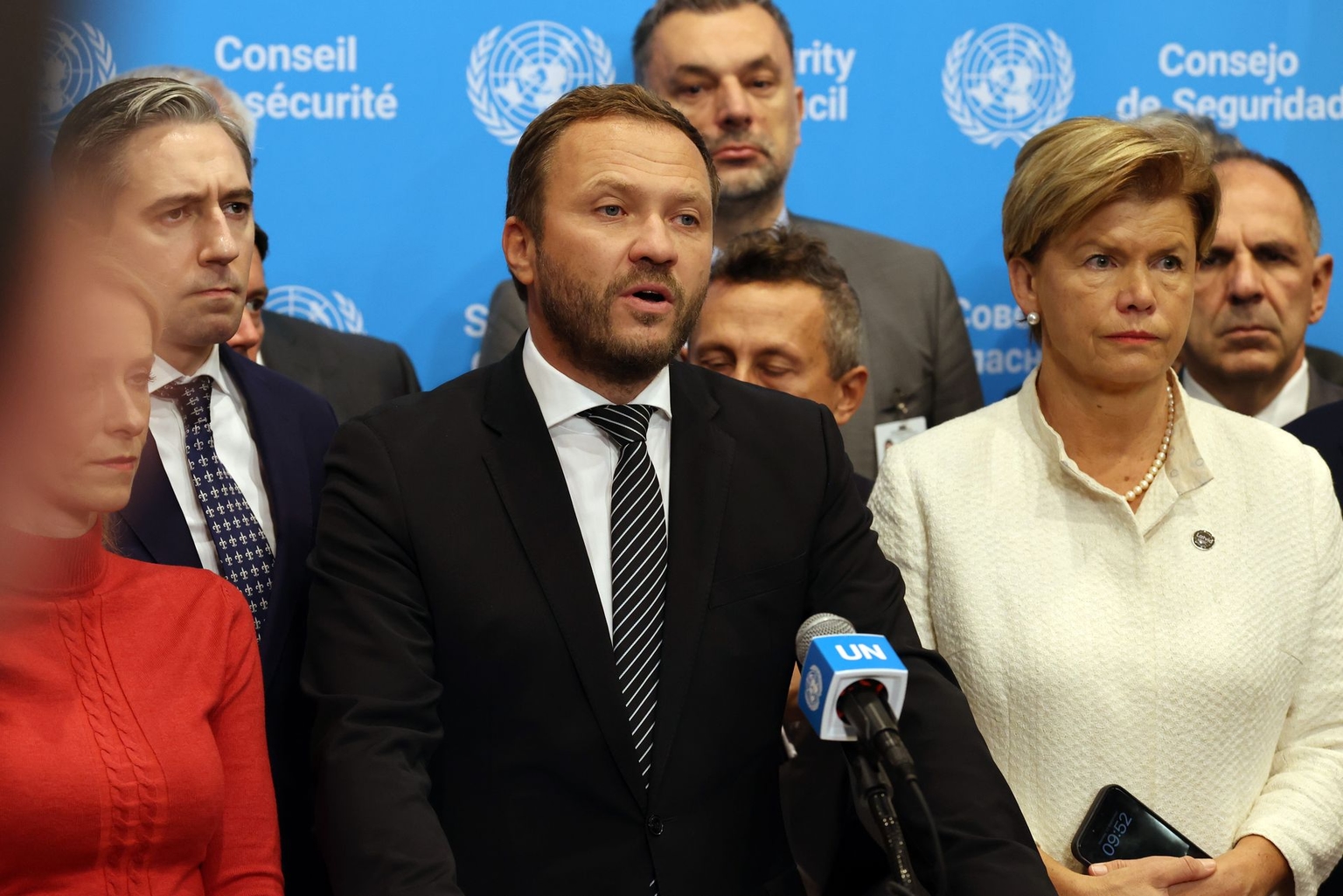
"When Estonian authorities noticed the presence of Russian servicemen there, it was decided to halt traffic on that specific road to avoid any potential incidents."
The closure came amid mysterious drone sightings across European countries and incidents involving Russian jets — a pattern that officials say is part of Moscow's efforts to pressure the alliance and test its collective defense commitments.
'Little green men' return
The phrase "little green men" refers to 2014, when Russian troops without insignia seized key sites in Ukraine's Crimea in the first phase of the peninsula's occupation.
At the time, Moscow denied that they were Russian troops only for Russian President Vladimir Putin to later admit they were Russian servicemen.
German intelligence chief, Bruno Kahl, warned in July that Moscow might employ similar hybrid tactics beyond Ukraine to probe NATO's readiness.
"They don't need to send tanks for that," he said. "They just have to send 'little green men' to Estonia to defend the allegedly oppressed Russian minority."
Marko Mihkelson, chairman of the Estonian parliament's Foreign Affairs Committee, said the presence of troops near Estonia indicates that Russia's strategic objectives remain unchanged.
"Russia has not changed its main strategic objective — the destruction, or more precisely, the subjugation of the existing security order in Europe to its own will," he said.
"One of the key preconditions for this is victory in the war against Ukraine, as well as the internal fragmentation of Western societies to the point where unity collapses and the credibility of the collective defense clause is undermined."
Broader context
The incident followed multiple airspace violations and drone incursions across Europe.
Three Russian MiG-31 fighters entered Estonian airspace over the Gulf of Finland for 12 minutes on Sept. 19, prompting Tallinn to invoke NATO's Article 4 consultations.
Earlier in September, NATO member states shot down several Russian drones that crossed into Polish territory during a mass strike on Ukraine. Days later, Romania scrambled F-16s after detecting another drone breach.
"(Vladimir Putin) knows he is creating unrest, that's positive for him, there is no disadvantage nor drawback for him," Dutch Defense Minister Ruben Brekelmans told the Kyiv Independent.
President Volodymyr Zelensky has repeatedly warned that unchecked Russian aggression could spill beyond Ukraine's borders. In September, he said the drone incursion into Poland "resembled" the so-called “little green men” in Crimea.

"Psychologically… right now, it's a technological war. It's not about just people in green uniforms," he said. "Today, the same role in Polish territory was exposed by Russian drones."
Estonian Defense Minister Hanno Pevkur said earlier that Russia seeks to provoke a NATO overreaction with this kind of provocation.
"This is exactly what Russia wants — for us to overreact and then claim that NATO started the war with Russia. You cannot fall into that trap," Pevkur told the Kyiv Independent.
Baltic vigilance
Mihkelson told the Kyiv Independent the display near Saatse was "not a direct provocation but rather an attempt to demonstrate presence."
An Estonian official, who spoke on conditions of anonymity, echoed this assessment, telling the Kyiv Independent that the situation does not indicate a new threat, as Russian troops haven't crossed the border.
"Our current assessment is that the appearance of seven soldiers a few days ago is not a new development or a new tactic to test NATO or Estonia," the official said.
The Estonian foreign minister added that Moscow's behavior has become more visible.
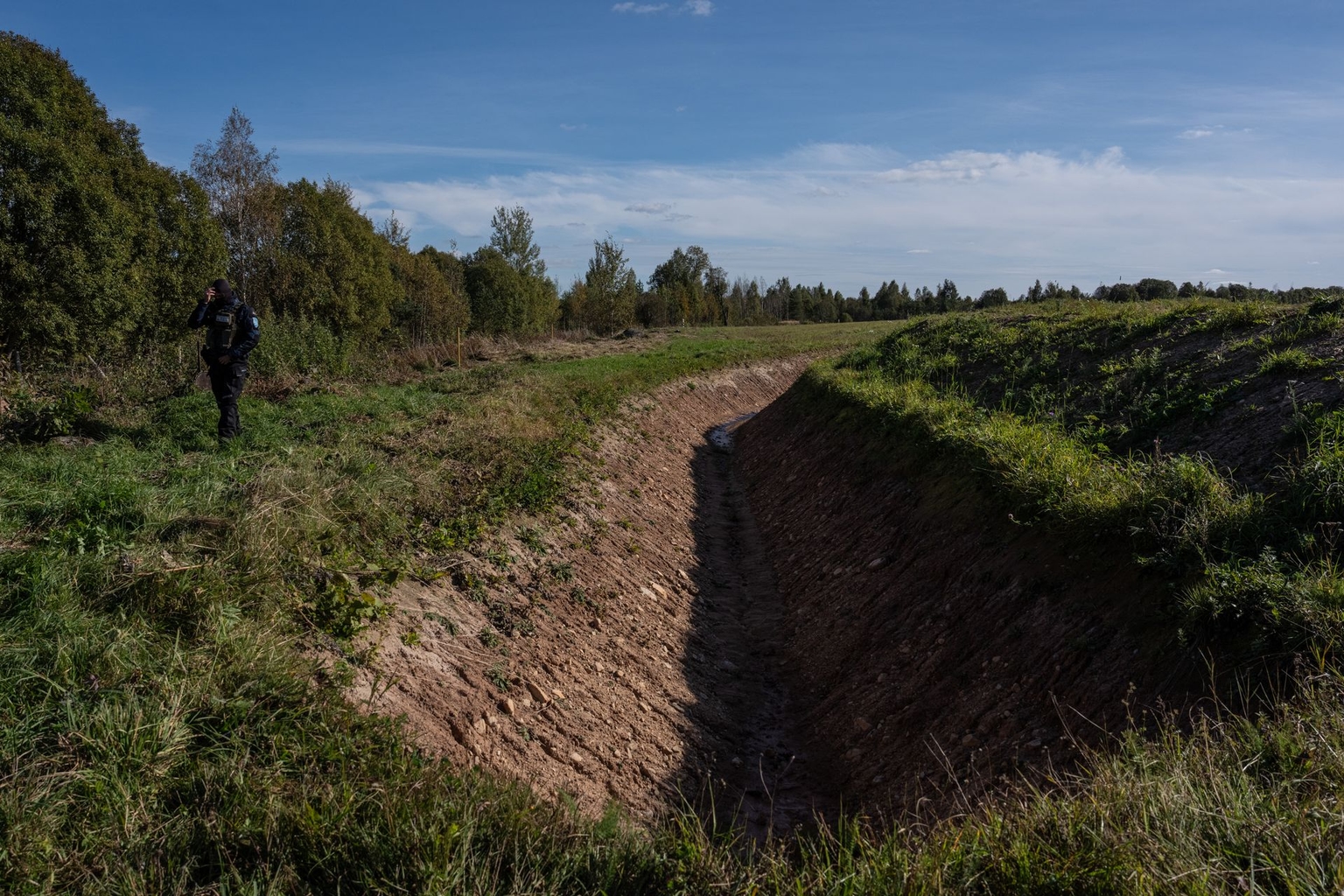
"The Russians are acting somewhat more assertively and visibly than before, but the situation remains under control," Tsahkna said.
Mihkelson noted that Moscow's actions — from airspace violations to cyberattacks and political interference — reflect a long-term effort to undermine Western unity.
"The recent airspace violations in Poland, Romania, Estonia, Germany, Denmark, and Norway only confirm that Russia acts with a sense of impunity," he said. "Moscow will continue expanding its aggressive behavior as long as it is allowed to do so."
Mihkelson added that the most effective response lies in strengthening Ukraine's defenses.
"In light of all these developments, NATO allies must unambiguously strengthen military support to Ukraine," he said. "Russia can only be deterred and compelled to desist if we drive its aggression in Ukraine to a strategic defeat."
Note from the author:
Hi, this is Tim. The author of this article. Thank you for taking the time to read it. At the Kyiv Independent, we speak to top officials and experts to bring you accurate, in-depth reporting. We don't have a wealthy owner or political backing. We rely on readers like you to support our work.
If you found this article valuable, consider joining our community today.

